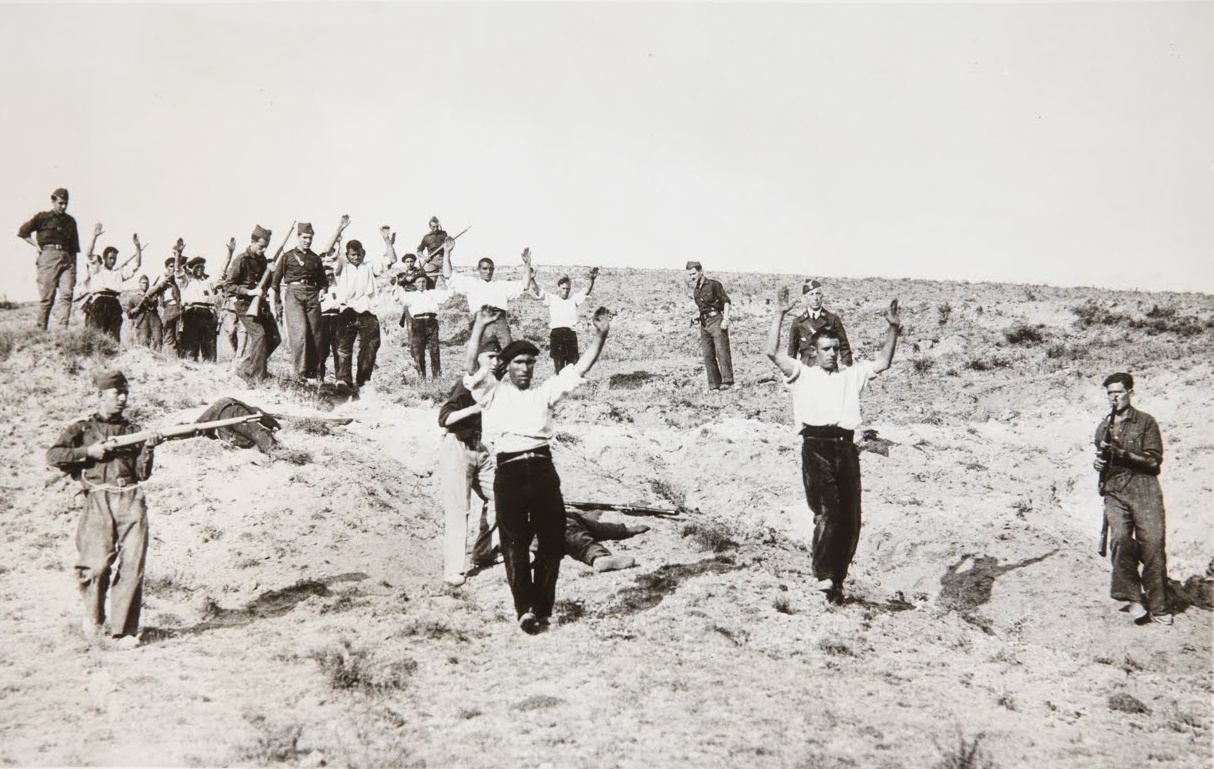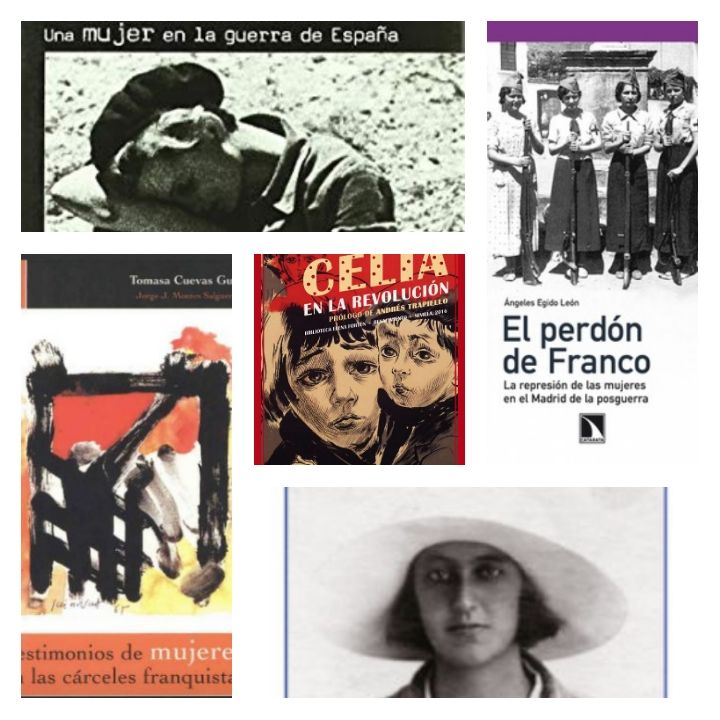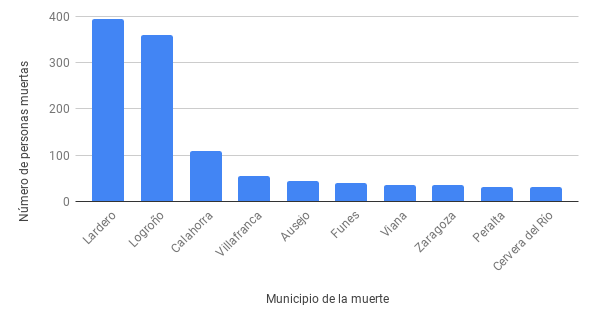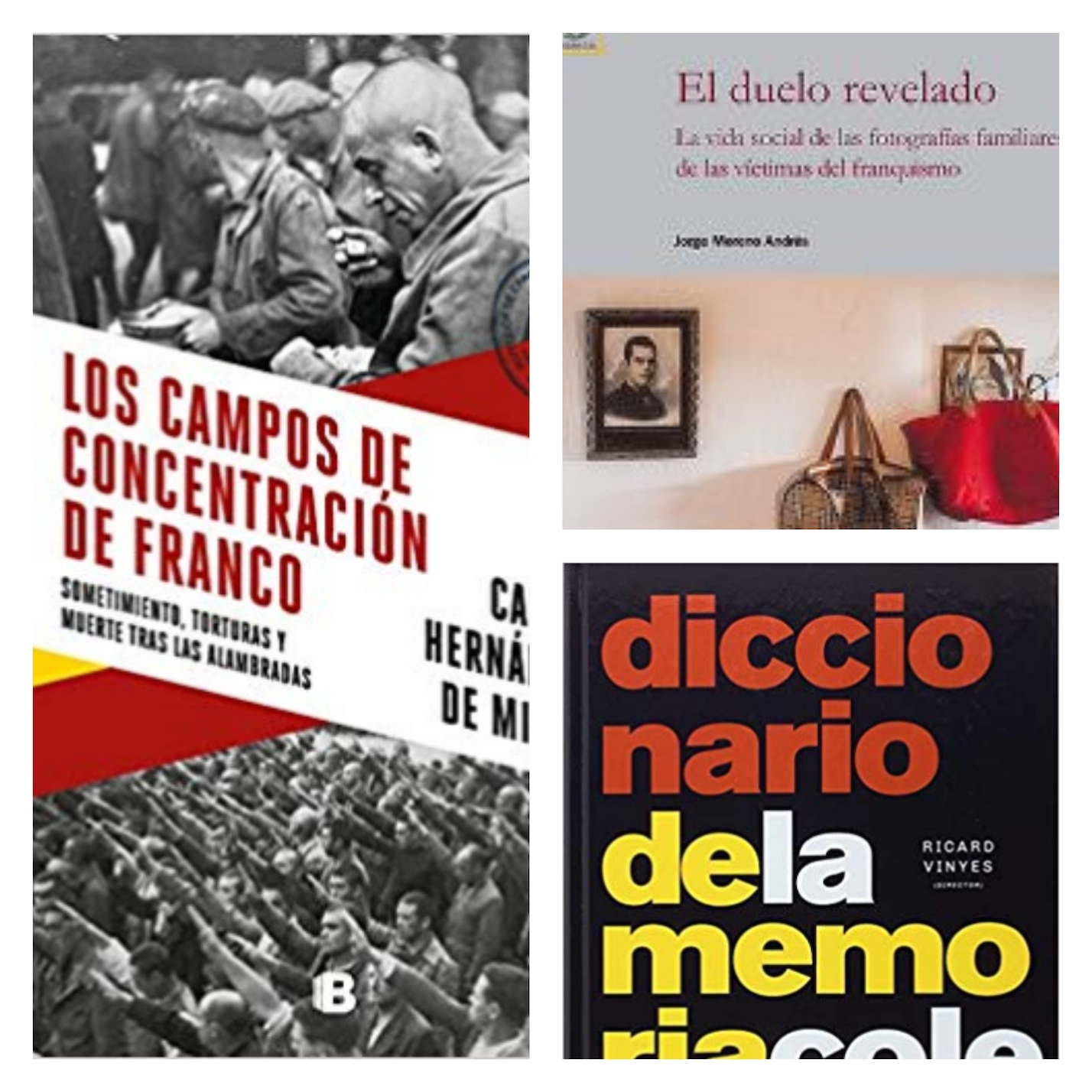If you read this article and find it useful please consider making a donation to enable us to continue our work by following this link Thank you!
To mark the fourth anniversary of the establishment of Innovation and Human Rights we have added a total of 562,298 personal files from the Ministerio de Educación to our database. We have divided them into two separate datasets. 49,045 are records of teachers who were screened for their political reliability in the Francoist repression and – in some cases – expelled from the profession, and 513,253 are the records of people who were awarded teaching or technical school qualifications This means that the ihr.world database now includes 1,282,626 personal records which may be accessed by first name and family name.
[Note 9 March 2021: In the previous version of this article a higher number of people was given and reference was made to only one dataset. For an explanation of this change follow the link to this article]
The personal files of people purged in this process is now much more accessible than previously. The dataset itself is the result of the efforts, over a period of many years, of the staff of the Archivo Central de Educación (ACME) . The files themselves were subsequently transferred to the Archivo General de la Administración (AGA) in Alcalá de Henares, where they are now housed.
The purge was not restricted to teachers at primary and secondary levels: it also included staff in the Universities, the Colleges of Engineering and of Architecture, the Technical Colleges, the Business Schools and the Escuelas Taller (Vocational Training Centres). Neither was it restricted to the teaching profession as it also covered teaching assistants, auxiliary staff, administrators, caretakers and anyone else involved education, all whom were liable to be removed from their posts and to have a file opened on them.
In total there are over half a million personal files and they include people from a variety of professional backgrounds: not only teachers but also industrial experts, teachers of commerce, engineers, architects, veterinary surgeons, fitters, machinists, overseers and many others. We are carrying out an analysis of this data and hope to be able to provide more information soon.
The importance of education for the early governments of the Republic was pointed out in a previous article The Mission of the School is to Transform the Country. A generation of teachers identified with this mission and with the Republic. The key aims of the early Republican governments, namely freedom of the individual, teacher’s initiative, solidarity and citizenship were reflected in the educational system. The rebel military officers and their civilian allies were determined to prevent the promotion and encouragement of these aims in the educational system.
The Spanish Republic was a pioneer in promoting two reforms which at the time were very controversial but which today are taken for granted not only in Spain but also in neighbouring countries: an educational system which is public, secular and mixed; and the equal role of women in society. As a result the dictatorship was particularly brutal in its treatment of the educational profession.
As Maria Antonia Iglesias explains in her book Maestros de la República. Los otros santos, los otros mártires (La Esfera de Libros, 2006), an unknown number of teachers were executed, above all during the Civil War but also during the early postwar period, often in the cruellest and most arbitrary fashion. These include the following: Argimiro Rico Trabada (Baleira, Lugo), Ceferino Farfante Rodríguez, Balbina Gayo Gutiérrez (Cangas del Narcea, Asturias), Bernardo Pérez Manteca (Fuentesaúco, Zamora), Miguel Castel Barrabés (Sant Bartomeu del Grau, Barcelona) José María Morante Benlloch (Carcaixent, Valencia), Gerardo Muñoz Muñoz (Móstoles, Madrid), Severiano Núñez García (Jaraiz de la Vera, Cáceres), Teófilo Azabal Molina (Jerez de la Frontera, Cádiz), Carmen Lafuente (Cantillana, Sevilla) and José Rodríguez Aniceto (El Arahal, Sevilla).
During the Civil War, as the rebel military forces advanced and occupied new territory, they imprisoned not only soldiers but also leading local political and social figures. In addition they sacked teachers and other educational staff, initially banning from the classroom all staff who had been involved in teaching in the Republican Zone during the Civil War.
Decreto 66 , a decree issued as early as 8 November 1936 established Committees for the Purging of Educational Staff (Comisiones Depuradoras del personal de la Enseñanza). There were four types of these committees, specialised as follows : (1) University Staff; (2) Colleges of Engineering and Architecture; (3) Secondary teachers, Teaching Inspectors, Teacher Training College staff and Administration Department staff; and (4) Primary Teachers. For each of the last two categories there was one committee for each province, while for the first two there was one nationwide committee.
A landmark in the historical study of the purging of the Spanish educational profession was achieved in 1997 by the doctoral thesis of Francisco Morente Valero, currently Professor at the Universitat Autònoma de Barcelona. Entitled La escuela y el Estado Nuevo. La depuración del magisterio nacional (1936-1943), this included an appendix which listed 20,000 names, although this was only a sample of the total number of staff affected. More recently, in 2017, in his thesis on the purging of the teaching profession in A Coruña entitled La depuración del Magisterio nacional en A Coruña, Jesús Manuel García Díaz provided a summary of the historical studies of the purging of the educational system at both national and local levels up to the date of publication (pages 24-62).
This dataset is the largest so far to be included in the ihr.world database. All of the files in the database can be accessed by inputting first name and family name. Among the other datasets included in the database are:
- 85,136 files from the courts martial (known as «consejos de guerra» or «councils of war» ) of the following Territorial Military Tribunals which operated during and immediately after the Civil War: Tribunal Territorial Militar Primero (Madrid, Albacete, Alicante, Castellón, Valencia), Tribunal Territorial Militar Tercero (Barcelona, Girona, Lleida, Tarragona) and Tribunal Territorial Militar Cuarto (León and Zamora). For further information about summary military proceedings follow this link
- 37.898 files of soldiers in Disciplinary Labour Batallions
- The database also includes lots of other datasets: for a list of these follow this link
If you read this article and find it useful please consider making a donation to enable us to continue our work by following this link Thank you!
Photograph: A school in Spain before 1936, showing a teacher with her pupils. Photographer unknown. Wikipedia.












